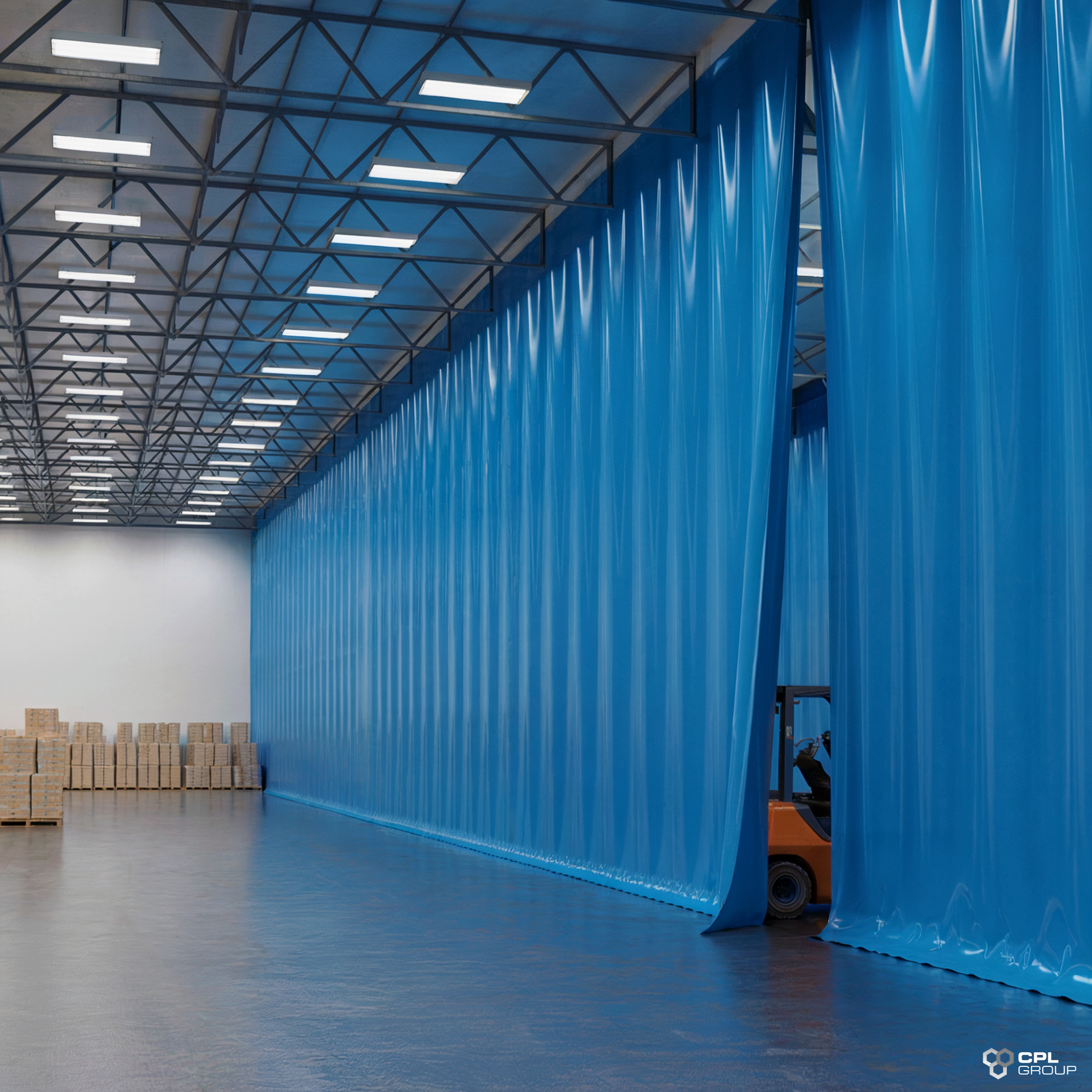
Why PVC Wall Partitions Fail (and How to Fix Them) – Solutions for Australian Worksites
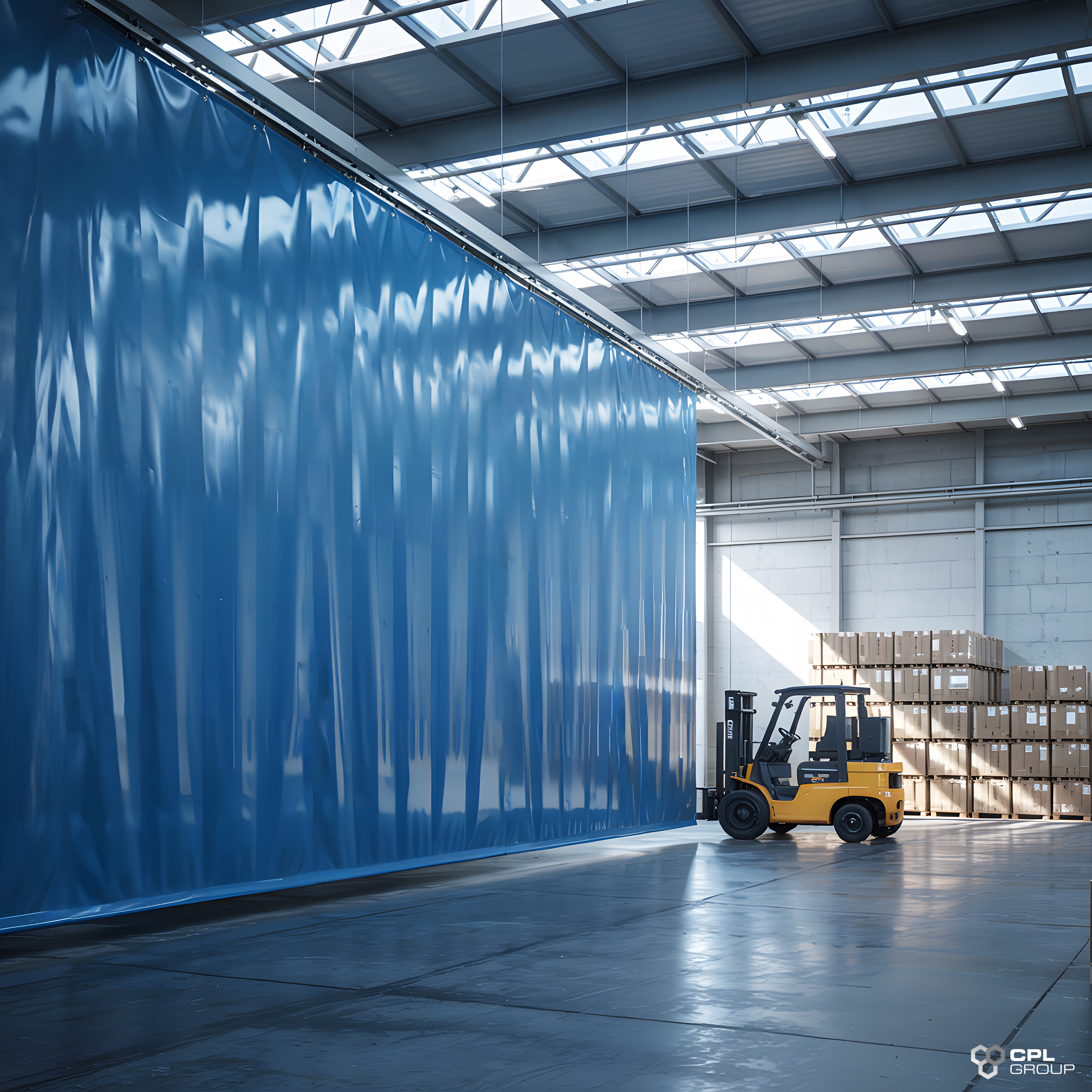
PVC wall partitions are a practical, cost-effective way to separate work zones, control airflow, and improve efficiency across Australia’s industrial, food processing, and warehouse sectors. But if your partitions are sagging, cracking, or failing to meet compliance, you’re not alone.
Let’s take a closer look at the top three most common causes of PVC partition failure—and how to fix them using proven, Australian-ready solutions like CPL Group’s PVC Partitions and Dividers.
1. Installation Mistakes Are More Common Than You Think
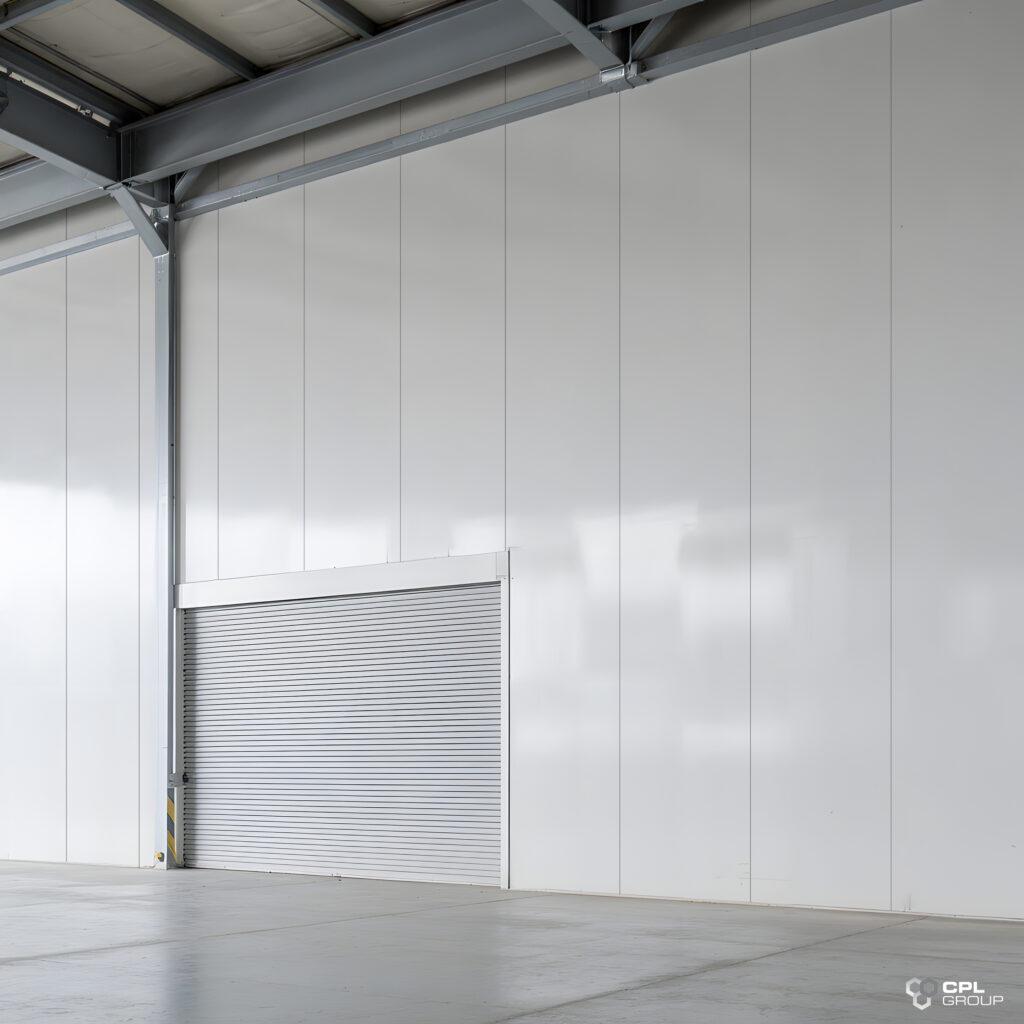
Even premium-grade materials can fail if they’re installed incorrectly. Whether you’re working in a facility in Sydney, Melbourne, or Perth, a rushed or mismatched install can result in sagging, instability, or even collapse.
Signs to watch for:
- Visible gaps at the top or base of the partition
- Leaning or loose panels
- Stress points where hardware is pulling out
Fix it by:
- Using the correct method for your site—suspended ceilings vs. solid walls
- Following Australian manufacturer guidelines or working with experienced local installers
- Choosing modular systems with strong anchoring and adjustment capabilities
2. Low-Quality Materials = Short-Term Results
Generic PVC kits or low-cost options found online are rarely built to withstand the demands of Australian industrial or food-grade settings.
Watch for signs like:
- Yellowing, cracking, or splitting after minimal use
- Warping in high-heat or high-humidity zones (especially in northern Australia)
- Flimsy panels that buckle or sag under minimal pressure
The fix?
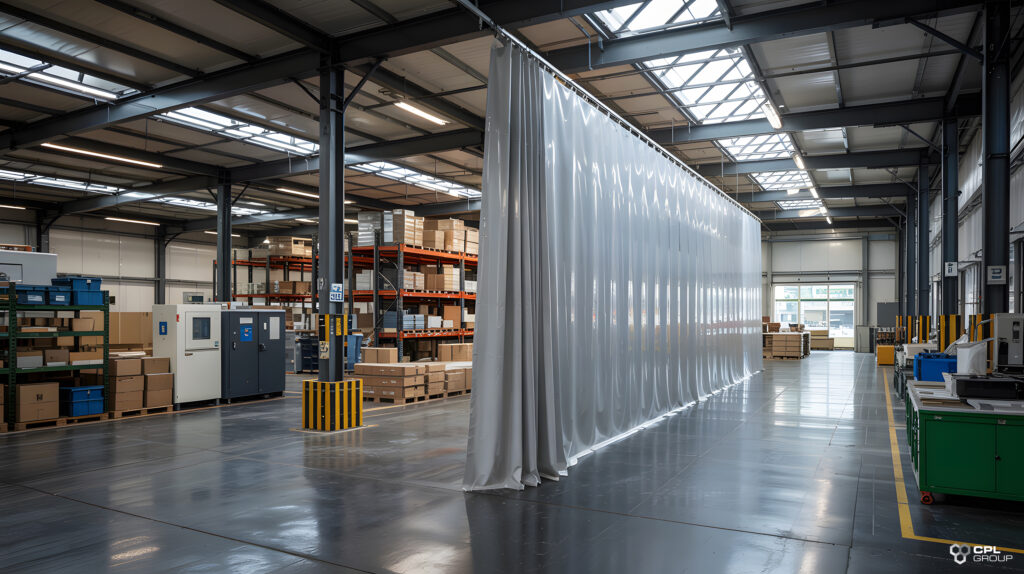
Choose industrial-grade PVC partitions engineered for your specific use case—whether you need UV resistance, antimicrobial materials, or fire-retardant ratings in line with AS/NZS safety standards.
✅ CPL Group’s PVC systems are used across manufacturing plants, food processing facilities, and logistics hubs throughout Australia—and are made to last.
3. Weak Structural Design = Long-Term Failures
Even if your materials are solid and installed properly, poor layout or weak framing can lead to instability over time.
Design problems often include:
- Unsupported spans bowing in the middle
- No reinforcement for airflow, machinery impact, or worker traffic
- Poor integration with lighting, HVAC, or fire systems
How to fix it:
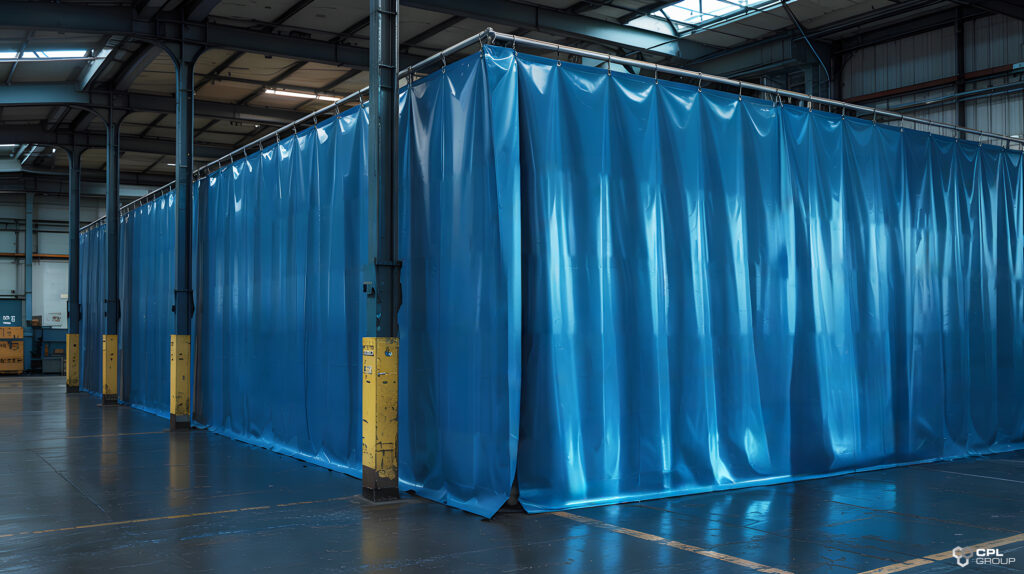
- Choose a system with durable aluminium framing and reinforced panels
- Ensure your layout is customised for your site’s workflow and safety needs
- Integrate with Australian building codes and hygiene regulations
CPL’s PVC Partitions: Built for Australian Conditions
PVC partitions do more than divide spaces—they support productivity, hygiene, and regulatory compliance. CPL Group’s systems are tailored for Australian industries with strict hygiene, temperature, and airflow standards.
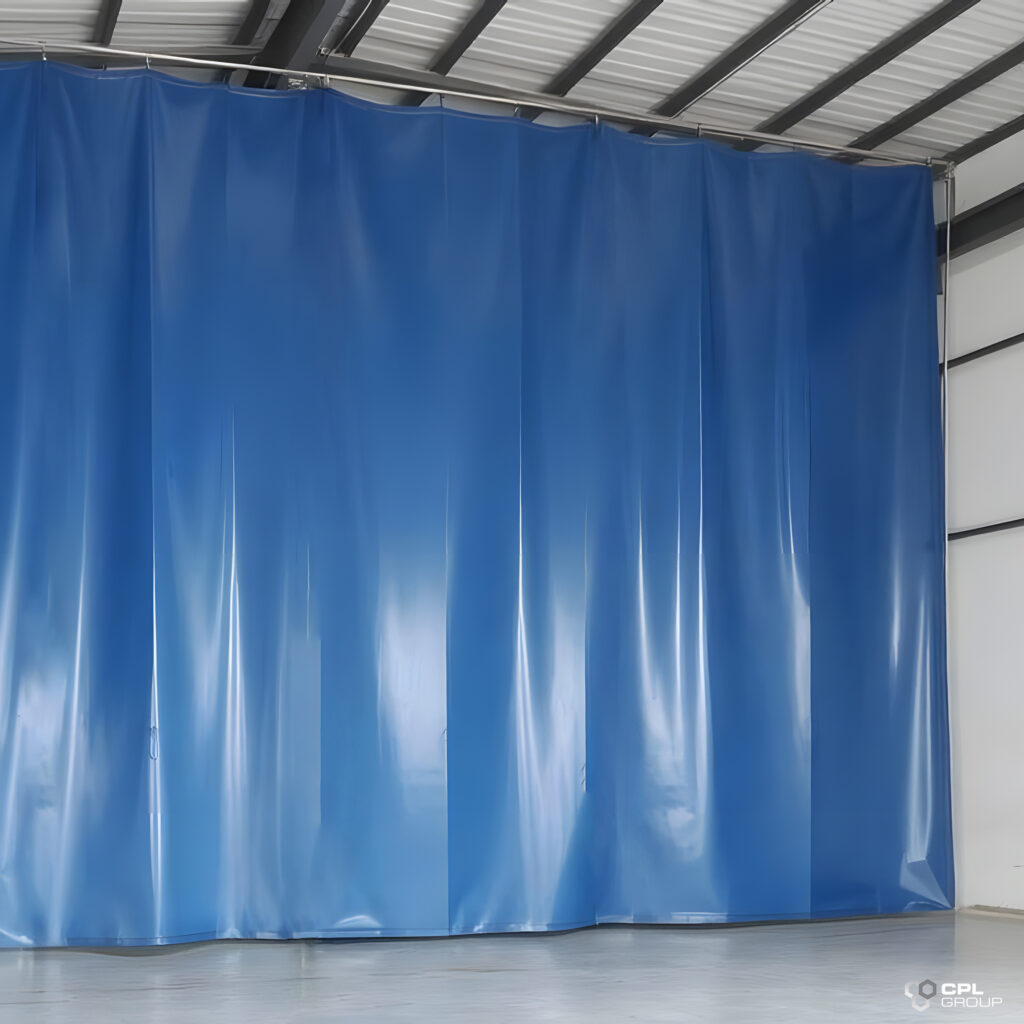
Common applications:
- Manufacturing & Warehousing: Dust and temperature control across workflow zones
- Food Processing: Compliant antimicrobial panels that are easy to clean
- Cold Storage: Temperature zoning with insulation and traffic flow
- Healthcare & Labs: Privacy and infection control
- Retail Back-of-House: Functional, professional space segmentation
- Cleanrooms: Systems designed to meet ISO and HACCP standards
How CPL Group Custom Designs & Installs Your PVC Partition System
Unlike off-the-shelf kits, CPL Group works with you to create a tailored solution that fits your space, your operations, and your industry-specific requirements.
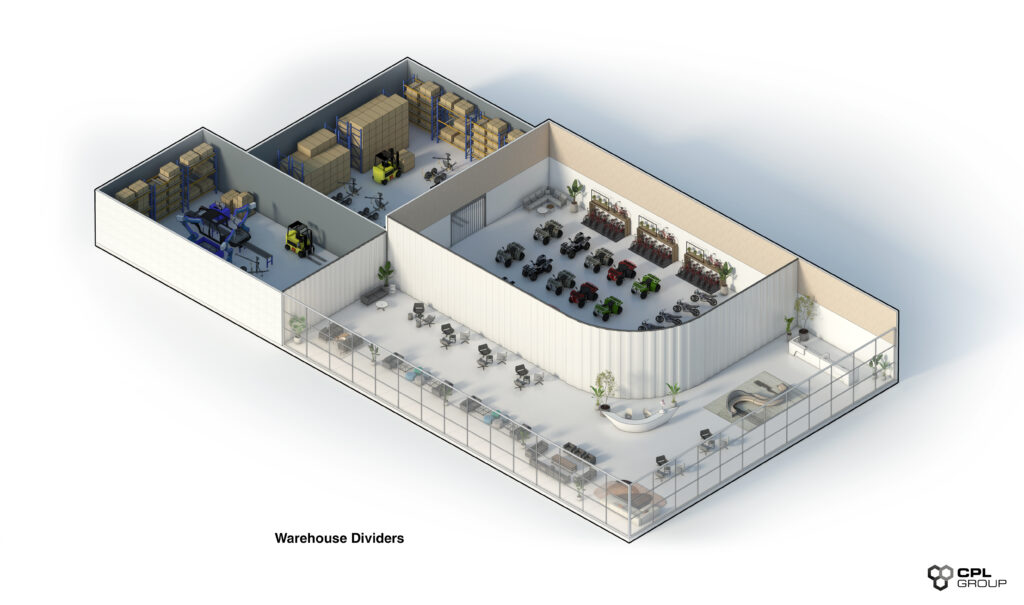
1. Site Assessment & Consultation
We begin by understanding your needs—whether you’re managing airflow, separating machinery, or meeting food-grade regulations. We assess:
- Traffic flow
- Machinery and workflow layout
- Environmental conditions (humidity, temperature, contamination risk)
- Ceiling and wall structure
2. Custom Design & Engineering
Our team designs a bespoke PVC partition system based on your specs:
- Panel size, thickness, and grade
- Frame systems for extra durability
- Modular components that allow easy relocation or expansion
- Compatibility with HVAC, lighting, and sprinklers
- Optional add-ons like viewing panels, doors, or branding
3. Professional Installation
Our expert technicians ensure that your partitions are installed quickly and with minimal disruption:
- Clean, code-compliant installs
- Full system testing
- Post-install support and adjustments as needed
From factory floors to sterile environments, CPL provides a full-service experience backed by industry expertise.
Final Thoughts: Build It Right the First Time
If your PVC wall partition isn’t holding up, it’s not just a nuisance—it could be compromising productivity, hygiene, and safety. Fortunately, these issues are fixable when you have the right system in place.
Your quick checklist:
✅ Installation matters—get it done right
✅ Don’t cut corners on materials
✅ Structural design is critical for durability
Looking for a better solution? CPL Group’s PVC Partitions and Dividers are built for real-world industrial challenges—designed to last, adapt, and perform.
👷 Need Help Now?
Send us a floor plan or photo of your current setup. We’ll evaluate it and recommend a system that works now—and grows with your business.
Contact CPL Group Today or View Our Full PVC Divider Solutions.

